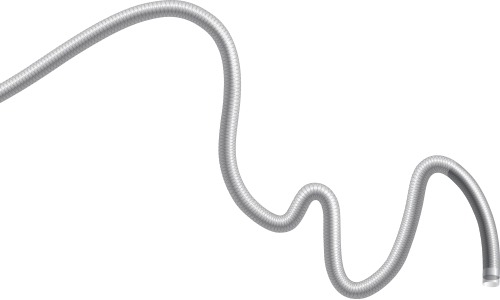
In a study evaluating the safety and feasibility of a combination of proximal internal carotid artery occlusion using a balloon catheter and distal aspiration through an intermediate catheter in stroke patients treated with mechanical thrombectomy with a stent retriever, the investigators report that there was no macroscopic thrombus migration to a new vascular territory.
The study, carried out by Sibylle Stampfl (Department of Neuroradiology, University Hospital Heidelberg, Heidelberg, Germany) and colleagues, included patients with an occlusion in the anterior circulation who were treated with thrombectomy using a balloon catheter for proximal flow arrest, and an intermediate catheter for distal aspiration. Pre- and post-interventional thrombolysis in cerebral infarction (TICI) scores were assessed. Clinical presentation at admission and discharge and after three months was evaluated and complications were recorded.
The devices used were an 8F Cello balloon catheter (Covidien/Medtronic) and a SOFIA catheter (Soft torqueable catheter optimised for intracranial access; Microvention). The stent retrievers used were the Solitaire (Medtronic) and Trevo (Stryker Neurovascular).
The study authors retrospectively identified 31 patients from their prospectively collected stroke database who met the inclusion criteria. The procedure was carried out as follows: Using transfemoral access, the 8F Cello balloon guide catheter was placed within the proximal internal carotid artery of the affected side. After angiographic visualisation of the thrombus, the intermediate catheter was advanced through the Cello catheter and navigated as close to the thrombus as possible. The thrombus was then passed with the microwire/microcatheter. The microwire was removed and a stent retriever was deployed by withdrawing the microcatheter. Subsequently, the Cello balloon was inflated using a 2.5mL syringe filled with a mixture of contrast medium and normal saline. Prior to thrombectomy, aspiration was applied through the intermediate catheter lumen using a 20mL or 60mL syringe. Thrombectomy was then performed under continuous distal aspiration and balloon occlusion of the proximal internal carotid artery. After the thrombectomy the balloon was deflated and angiographic runs were performed to control flow restoration. In cases of persistent occlusion the procedure was repeated.
Stampfl et al report: “In all patients the initial TICI was 0. A TICI score of ≥2b was achieved in 96.8%. No new thromboembolic complications occurred. The median NIH Stroke Scale score was 19 at admission and 4.5 at discharge. After three months 51.6% of the patients had a favourable clinical outcome (modified Rankin Scale score 0–2) and 19.3% had died.
“In our study of 31 patients the combination of proximal internal carotid artery occlusion via a balloon catheter and distal aspiration through the intermediate catheter was a safe and efficient complement to mechanical thrombectomy with stent retrievers. The procedure was technically successful in a large number of cases. No macroscopic thrombus migration into a new vascular territory occurred,” the authors conclude. They go on to caution, however, that “the rate of favourable outcome after three months was not higher than 50%.”
The study was published in the Journal of NeuroInterventional Surgery (JNIS).












